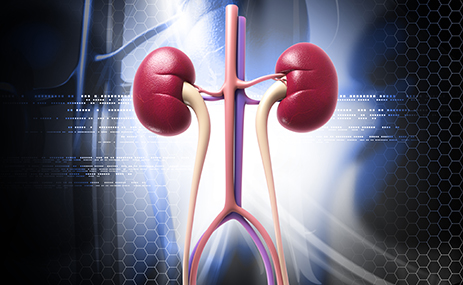Acute kidney injury after transcatheter aortic valve replacement (TAVR) is a well-known adverse event for all interventional cardiologists. However, it has been understudied: only small observational research has been conducted, showing too wide incidence rates.

This research included all patients who underwent TAVR in the USA between 2016 and 2018, totaling over 100,000 patients. All subjects had creatinine analysis done at baseline and after the procedure. Patients in hemodialysis were excluded.
A total of 11,566 patients (10.7%) suffered kidney injury after the procedure. The vast majority had grade 1 impairment, some presented grade 2, and 1212 (1.1% of the general population) had grade 3 injury.
Clinical factors associated with grade 3 (severe) kidney injury were high levels of creatinine, diabetes, cardiogenic shock, peripheral vascular disease, severe anemia, and African American heritage.
The procedural characteristics associated with grade 3 injury were non-elective procedure, crossover to conventional surgery, general anesthesia, use of inotropic drugs, use of self-expandable prosthesis, and contrast volume >100 milliliters.
Read also: Back to Basics: Ticagrelor Questioned and Clopidogrel in the Limelight.
Mortality at one year among those who developed grade 1 kidney injury almost tripled that of those without kidney injury (hazard ratio [HR]: 2.7; 95% confidence interval [CI]: 2.5-2.8; p < 0.001), and in those with grade 3 injury, mortality was 7 times higher (HR: 7; 95% CI: 6.0-8.2; p < 0.001).
Conclusion
Using the STS/ACC database, acute kidney injury after TAVR has a 10.7% prevalence. Patients with grade 3 injury present 7x higher risk of one-year mortality than those without renal impairment.
Original title: Incidence, Predictors, and Outcomes of Acute Kidney Injury in Patients Undergoing Transcatheter Aortic Valve Replacement.
Reference: Howard M Julien et al. Circ Cardiovasc Interv. 2021 Apr;14(4):e010032. Doi: 10.1161/CIRCINTERVENTIONS.120.010032.
Subscribe to our weekly newsletter
Get the latest scientific articles on interventional cardiology





